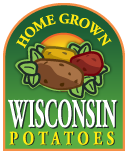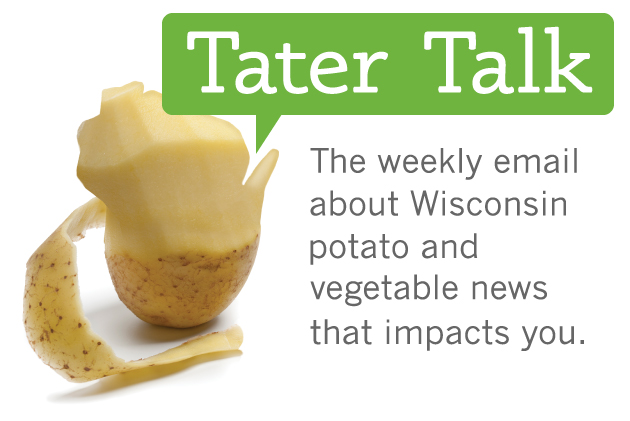What makes a great potato? – The science of breeding for the future
 Go to your supermarket these days and you will see an emerging trend in the fruit and vegetable section – an increasing array of varieties on display that are specifically designed to meet consumer demands. Apples lead the way with dozens of different varieties on display with specific tastes, textures and uses. Other food favorites are jumping on the apple bandwagon with potatoes now joining the chase. Five years ago your potato choices were likely to be limited to russets, round whites and reds, served up in small or large bags with cost often being the a prime driver. Now, potato choices have rapidly changed as new varieties with multiple colors, shapes and sizes are part of the consumer’s palate. Today’s consumers are looking for specific varieties based on how they taste and whether they are using them for fries, chips, baked, mashed or salads.
Go to your supermarket these days and you will see an emerging trend in the fruit and vegetable section – an increasing array of varieties on display that are specifically designed to meet consumer demands. Apples lead the way with dozens of different varieties on display with specific tastes, textures and uses. Other food favorites are jumping on the apple bandwagon with potatoes now joining the chase. Five years ago your potato choices were likely to be limited to russets, round whites and reds, served up in small or large bags with cost often being the a prime driver. Now, potato choices have rapidly changed as new varieties with multiple colors, shapes and sizes are part of the consumer’s palate. Today’s consumers are looking for specific varieties based on how they taste and whether they are using them for fries, chips, baked, mashed or salads.
The evolution of choice in potatoes is moving fast now but it has taken generations of painstaking and exacting science to get to where we are today. Over the coming weeks, the New Family Farm site will explore the art and science of breeding potatoes through the work of graduate students. Since the beginning of agriculture, humans have been identifying, creating and refining new varieties of food plants for their productivity, appearance and culinary characteristics. This process, known as plant breeding, continues to help improve potatoes to meet the evolving needs of society by bringing together the skills of several disciplines such as genetics, molecular biology, plant pathology, engineering and others.
The first step in plant breeding is to create individuals with novel genetics that may express the traits we are seeking. Just as humans create children by combining their genetic makeups, potatoes can be enhanced through genetics. Most new potato varieties are created by “mating” or cross pollinating existing varieties with other varieties, or ancestors, with the goal of combining the best characteristics of the parents to create a new potato that has the features we desire. Those green, tomato-like fruits, formed on pollinated potato plants contain hundreds of seeds, each one genetically distinct. It takes the artistry of the breeders to grow these thousands upon thousands of seeds in the greenhouse, identify the traits they express, select the most promising, re-cross to obtain the best balance and ultimately propagate them in the field. It can take years to develop a promising new potential variety.
The story doesn’t stop there. To be released as a new variety with a chance to become a commercial success, these promising breeding lines must not only meet all the exacting standards required for multiple end uses but they must also be evaluated in larger areas, under all potential growing conditions and compared with existing varieties in other production areas across the US. This is the realm of the variety developer who works closely with breeders and growers to pare all of the potential varieties into the few new varieties that can compete in the world market place.
This long and expensive process now has the potential of being shortened dramatically, however, as advances in biotechnology open up new possibilities to alter the genetics of potatoes. Whereas pollination results in large genetic changes through reshuffling of chromosomes, laboratory techniques now exist to insert, delete or modify genes that confer specific desirable qualities. Identifying genes which confer good and bad traits and determining how best to refine them is an active area of research in both the public and private sectors. For potatoes, genes that affect disease resistance, bruising and fry color are all being targeted. Genes that may impact fertilizer needs or drought tolerances promise great benefits for the future. Although biotechnology can greatly speed the process of creating variants with specific characteristics, it is important to remember that these plants must also undergo years of selection and testing to determine whether they meet the high standards required for new commercial varieties.
The science of potato breeding and variety development continues to flourish in Wisconsin with laboratories at UW- Madison and experiment stations at Hancock and Rhinelander all working to develop potato varieties that meet the needs of consumers and society. For more information visit http://potatobreeding.cals.wisc.edu and https://twitter.com/Potatobreed.

